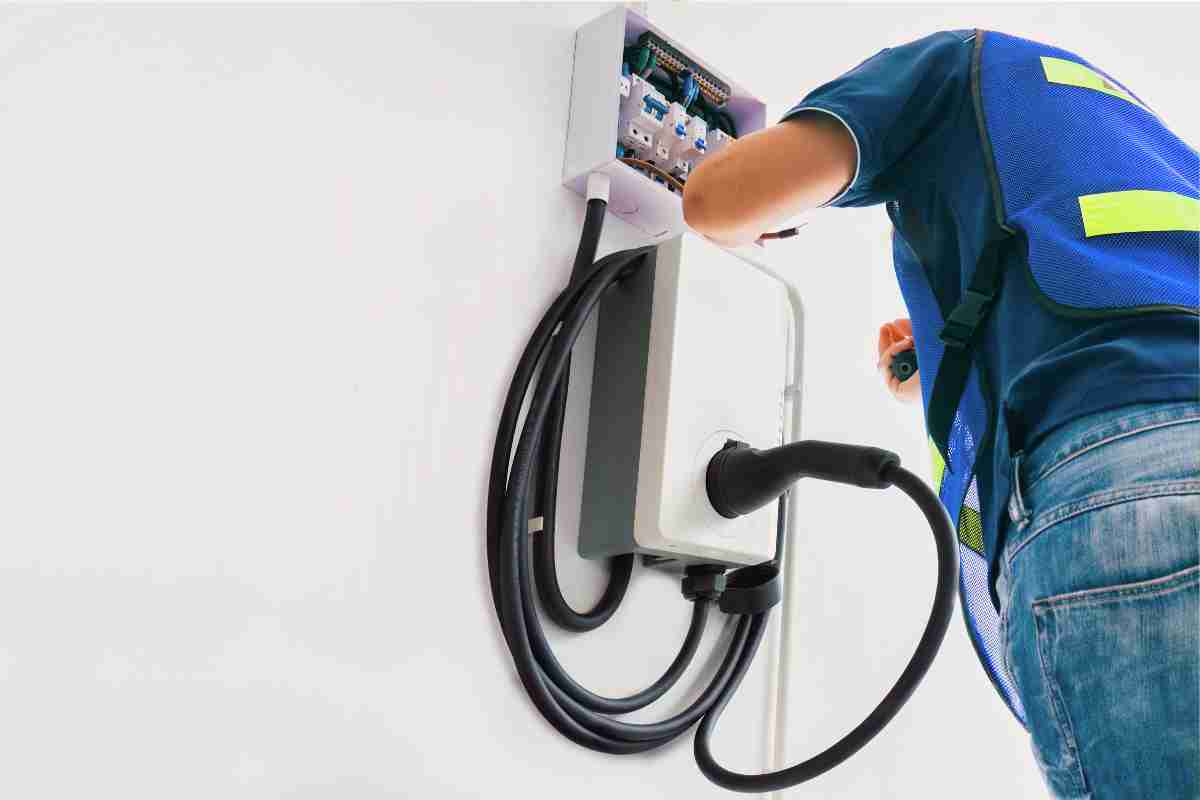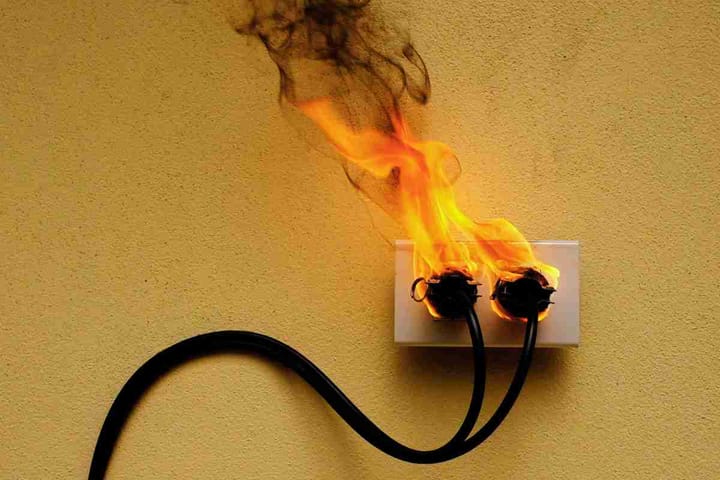Things You Should Know About EV Charger Installation
Electric vehicles are growing in popularity due to their eco-friendliness, but they require regular charging. Learn about EV charger installation.

Electric vehicles have become more and more popular in recent years. They have no emissions like traditional vehicles have. They are meant to be better for the environment because of this. They don’t have any gas tanks and have no working tailpipes. They do need to be charged regularly though.
There are many things that can affect the range of an EV including battery size, weather, and other things. The average range for one of these cars is about two hundred fifty miles with a single charge. You need a way to charge your car and most people want to charge their cars in their own homes. This can be done easily by a professional that will come to your home to install an EV charger.
This article will give you some information about EV charger installation. It will give you some ideas about what you should know about them. You can also do more research to find the information you might need.
There are many electricians that you can call to have this done. Be sure to check online reviews and the Better Business Bureau to make sure that they are a reputable business. Just put EV charger installation in your favorite search engine and you can find many people to do the job. This way you can be sure that the job is done right the first time.
EV Charger Installation
- EV Charger Installation Process – There is a process that you must follow to install an EV charger in your home. You should first get a quote for the job, then confirm the location that you want it placed. Most times, this will be in your garage for ease of use. You will then use choose the type of charger that you want and make a decision about the charger or receptacle that you want.
- Three Types of Charging – There are three levels of charging for your car that you need to decide upon: https://evchargingsummit.com/blog/three-types-of-electric-vehicle-chargers/. They are simply named Level 1, Level 2, and Level 3. Level 1 is a small 15-amp charger, Level 2 is a 40-amp charger, and Level 3 charges with a 480V DC plug. The higher the amperage, the faster the flow to your vehicle.
- Cost – Costs for EV chargers can vary quite a bit. If you are installing it in your garage, it can vary between seven hundred dollars and twenty-two hundred dollars for the charger, plus another eight hundred dollars for the installation. You don’t want to do this yourself; you will want a professional to do it for you. If you don’t have an attached garage, you will also need to dig a trench for the electricity that leads to your detached garage.
- Installing it Yourself is Ill Advised – As was mentioned above, you don’t want to install this on your own because too many things can happen. You could accidentally cut a live circuit or panel and get electrocuted, pull the wrong wires, hook up the charger incorrectly which would damage it, or fail to protect the unit from power surges. Any one of these things could damage your unit or your car. You need a professional to do this for you to avoid any damage.
- EV Plugs are Widely the Same – Most plugs for EVs are the same. All the ones sold in North America are the same Level 2 plugs called SAE J1772, or a J plug. This makes it easier for you to use any charging station in North America. Level 3 chargers are different and can be difficult to use at charging stations.
- Time for a Charge – The time it takes for a charge for your EV can be different depending on different factors. A Level 1 charger will take up to sixteen hours, Level 2 about six to eight hours, and a Level 3 can take as little as thirty minutes. You can get more information about that here.
- How Long Can Chargers Last? An EV charger can be expected to last twenty to thirty years depending on use and care. If it is taken care of like it should be, it will last longer. If you use it more often or for more than one car, it will not last as long. This is more of an estimate right now, they could last even longer than that.
- Common Issues – The biggest issue that you could have with your charger would be that it could throw your home’s breakers if it’s not installed correctly. A Stage 2 charger – the most common – needs 240 volts or 50 amps. This is the same as a stove might take. This along with other electrical needs of your home, can pull quite a load for your electrical system.
- Annual Maintenance – Generally, there is no real maintenance that you need to worry about. You need to be sure that your charging cord is kept inside and stored securely so that it doesn’t become damaged. Any parts of your charger that are accessible should be visually inspected regularly for damage. You might want to clean the components with a damp cloth and light detergent from time to time – only after you are sure that the system is de-energized.
- Recommended Chargers – You can call your local electrician or car dealer to determine the best charger for your vehicle. The best ones are connected throughout the network so that they can be updated automatically. You also want an expandable system that allows you to install a second charging station. You also need to see what the best for your individual car is.
Conclusion
EVs are a relatively new invention that many people want for themselves. They save energy and keep our environment cleaner. You need to have a charger installed in your garage so that you can charge your EV daily. There are different types of chargers that you can get, but you need to make sure that the job is done by a professional for your safety and the safety of your car.




Comments ()